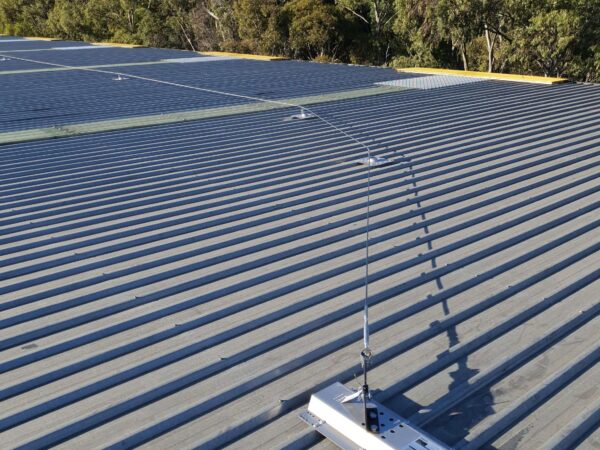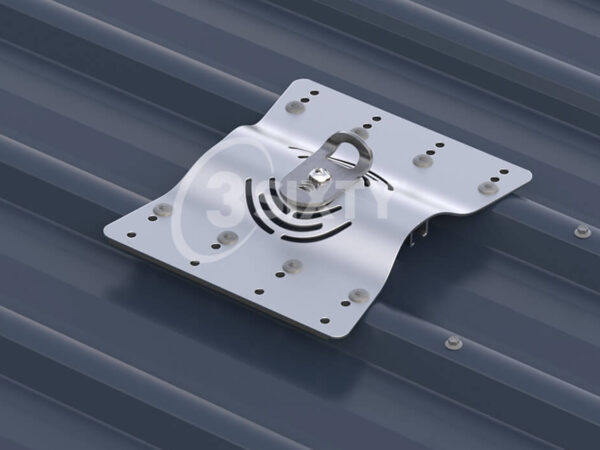Static line systems are a crucial part of height safety, providing continuous fall protection for workers operating at heights. To maintain compliance with Australian Standards and ensure ongoing safety, these systems require annual certification and, at the 10-year mark, a more comprehensive recertification process. Anchor Safe specializes in both the installation and recertification of static lines, ensuring they remain safe and compliant for continued use.
What Happens at the 10-Year Mark?
Unlike standard yearly inspections, static lines that reach 10 years of service require a full recertification that includes a pull test on all swaged end connections. This process ensures the integrity of the system by testing the strength of its critical components under load.
Step-by-Step Process for 10-Year Testing
- Pre-Test Inspection
- Inspect all components for wear, corrosion, and damage.
- Review previous maintenance records and ensure all annual inspections have been carried out.
- Preparation for the Pull Test
- Use a pull tester to apply a controlled force on the swaged end connections.
- Remove the standard hand tightener and replace it with a long nut to allow proper testing.
- Disassemble the hood assembly on the swaged end for secure attachment to the testing equipment.
- Executing the Pull Test
- Secure the test unit onto the static line cable, ensuring even pressure is applied.
- Set the gauge to zero before applying force.
- Gradually increase the load to 10kN and hold it for three minutes to check for any slippage or failure.
- Release tension and verify that the swaged end remains intact without movement.
Ongoing Recertification Requirements
After the initial 10-year recertification, additional pull tests are required every five years. These tests apply specifically to friction-type connections, such as swageless fittings, ensuring continued structural integrity.
Does a Static Line Need to be replaced after 10 years?
Not necessarily. Australian Standards do not mandate automatic removal from service at 10 years. However, components may need to be replaced or reinstated to maintain compliance. If the system passes all inspections and tests, it can continue in operation, provided it undergoes yearly certification and periodic recertification at the required intervals.
Static Line vs. Anchor Points – How do they compare?
For those managing height safety systems, it’s important to understand how static lines differ from anchor points in terms of long-term maintenance:

Static Lines require annual certification and a full recertification with a pull test at 10 years, then every five years thereafter.

Anchors don’t require replacement or special servicing after 10yrs, however in most cases they just aren’t covered under the 10yr manufacturer’s warranty anymore. However, can be continued to be Certified periodically.
At Anchor Safe, we don’t just install static line systems – we ensure they remain compliant and safe for use throughout their lifespan. Our team provides expert inspections, recertifications, and guidance on maintaining static lines and anchor points for optimal safety and compliance.
If your static line system is approaching its 10-year mark, contact Anchor Safe today to schedule a recertification and ensure your height safety system is fully compliant and ready for continued use.
